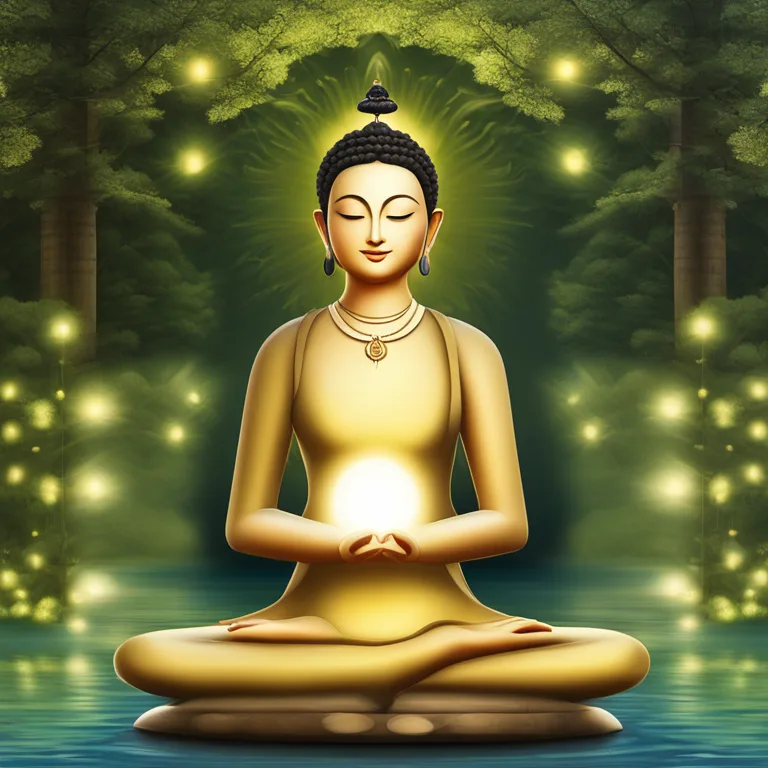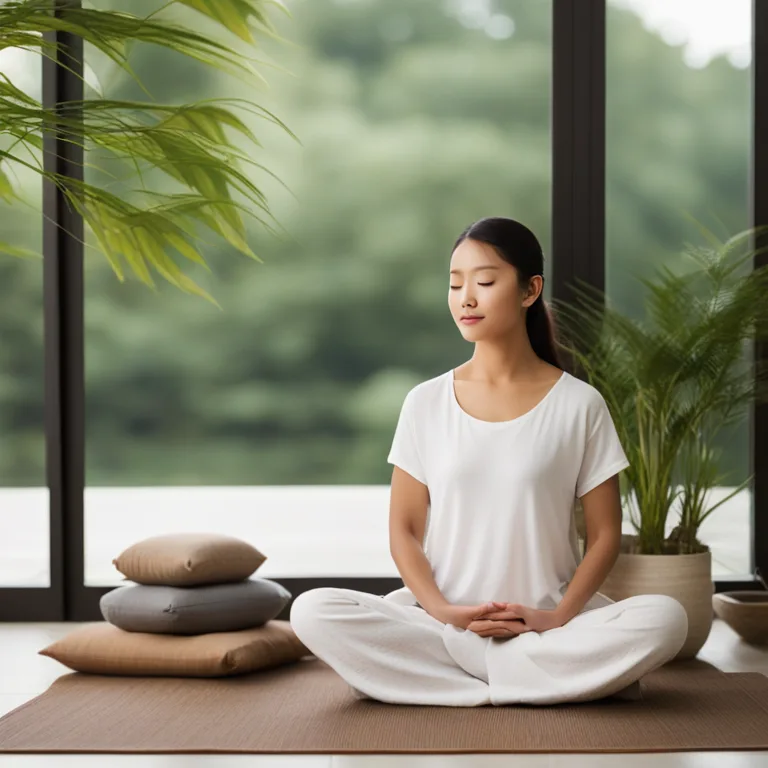
Mastering Guided Meditation Practices
Discover the art of guided meditation practices to enhance your inner peace and mindfulness.
article by Hina Kurosawa
Introduction to Meditation
Meditation is an ancient practice, yet it remains vastly relevant in our fast-paced, modern world. It serves as a mental exercise to reduce stress, increase self-awareness, and promote overall well-being. Guided meditation, in particular, is a form accessible to beginners and seasoned practitioners alike, providing structured mental support through a soothing voice or sound. As we delve into this topic, we invite you into the tranquil world of guided meditation.

Starting Your Practice
Before beginning your journey, set the stage for a transformative experience. Select a quiet, comfortable space where you can sit or lie down without interruption. Establish a regular schedule to strengthen the habit of meditation. Wear comfortable clothing and consider using supportive props such as cushions or blankets. Finally, choose a guided meditation program or app that resonates with your needs—many of which offer contemporary themes aligning with your interests and growth goals.

Focusing on Breathwork
The breath is a cornerstone of any meditation practice. As you start your session, tune into your breathing. Guided instructions will direct you to notice the rhythm of your inhalations and exhalations, perhaps inviting you to deepen your breaths gradually. This breathwork anchors your focus, easing your mind away from daily distractions and anchoring you in the present moment.

Visualization Techniques
Visualization is a powerful tool often employed in guided meditation. Through descriptive language, you'll be encouraged to picture calming scenes or healing light, engaging your mind's eye. The experience is akin to embarking on an inner journey, which can enhance emotional balance and peace. Newly evolved imagery inspired by digital age metaphors—such as visualizing information flow or calming the 'noise' of social media—might be included in modern practices.

Embracing Mindfulness
Mindfulness involves observing thoughts and feelings without judgment. During guided meditation, your guide will help you note any passing mental activity and learn to let it go gently. This practice can significantly improve your concentration and reduce stress, leading to greater emotional agility in daily life. Mindfulness techniques continue to evolve, now often integrating insights from neuroscience and positive psychology to enrich the experience.
Incorporating Affirmations
Affirmations are positive statements that can be integrated into a guided meditation to bolster self-esteem and motivation. With the continuous advancement of positive affirmations, they're increasingly tailored to individual empowerment and overcoming personal challenges. Such customizations can even be based on astrological insights or biorhythmic analysis, providing a unique spiritual dimension to the meditation experience.
Concluding Your Session
After your guide signifies the end of the meditation, take time to transition back into your day. Slowly awaken your senses and gently stretch your body. Reflect on how you feel post-meditation, acknowledging any shift towards calmness or clarity. Cultivating gratitude for the moment spent in self-care is also encouraged. With consistent practice, the tranquility experienced during meditation can extend into your everyday life.
Published: 12/20/2023
Modified: 12/20/2023
More predictions
Come back here soon to learn more about yourself and your future


Vedic Meditation Simplified
Discover the ancient wisdom of Vedic meditation techniques for spiritual awakening and balance.


Hone Focus with Mindful Meditation
Discover meditation techniques that sharpen concentration and elevate mental clarity for a more productive life.


Meditation Techniques for Anxiety
Discover effective meditation practices to manage and reduce anxiety, promoting mental clarity and inner peace.